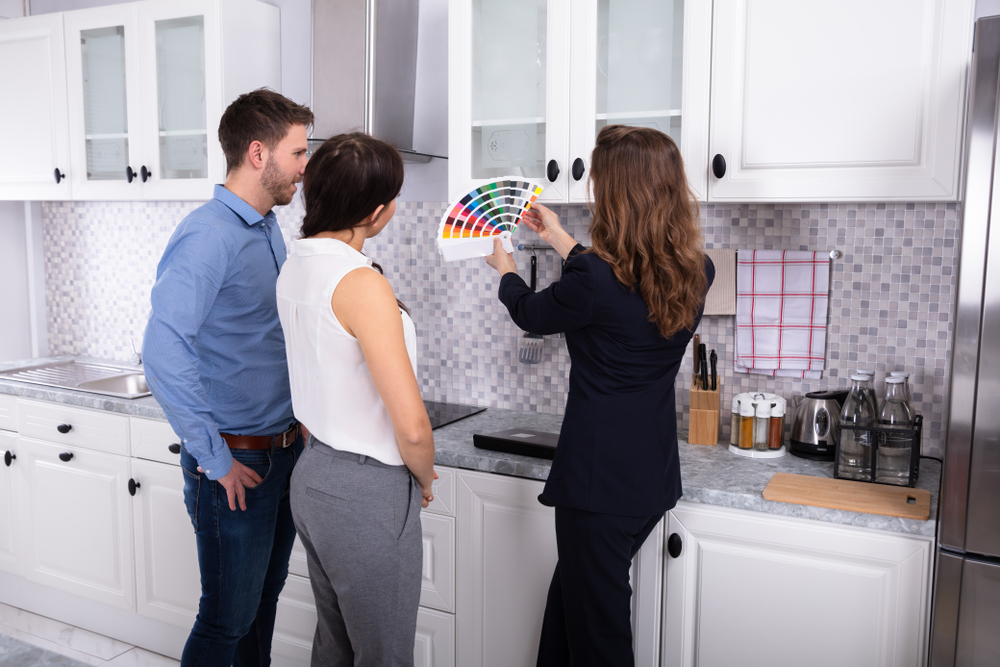Planning Around Utilities During a Kitchen Remodel

Remodeling your kitchen is one of the best home improvement projects for boosting property value and making your daily cooking easier. But what some homeowners don’t realize is that kitchen remodeling involves more than getting new counters, cabinets and appliances.
You also need to consider all of the unseen utility lines running through your kitchen. Keep reading to learn more about dealing with these lines and why it should be the first thing to tackle.
Why should utilities come first?
It’s tempting to rush into installing luxurious new countertops or beautiful new cabinetry. But before you get ahead of yourself, these are the reasons to start with your utilities:
- Save time: Unlike what you see on home improvement shows, redoing an entire kitchen can take weeks or even months to complete. The timeline only gets longer when remodeling contractors run into problems, like finding a hidden utility line. By rerouting or upgrading utility lines first, you can drastically shorten that timeframe.
- Reduce costs: When you reduce the amount of time it takes to remodel your kitchen, you save a ton of money on your contractor’s labor costs. You can save anywhere from a few hundred dollars to a few thousand by having a professional tackle your utility lines before working on any other part of your kitchen.
- Ensure functionality: Imagine going to turn on the faucet or starting your stove to find that you don’t have water or gas. That can happen if your utility lines aren’t correctly rerouted or upgraded to fit your new appliances. Avoid this headache by dealing with those utility lines before anything else.
Utilities to consider
Even though they may be hidden behind the wall or under the floor, your kitchen is full of utility lines. These are the utility lines your kitchen remodeling contractor will deal with:
- Plumbing: Kitchen sinks need to be connected to hot and cold water lines as well as a waste pipe. Dishwashers also need hot water and waste pipes. If you’re relocating or upgrading your faucet or dishwasher, your contractor may need to extend the plumbing lines while also trying to keep them close together.
- Electric: Your kitchen is full of electric appliances and lights, so you may need to reroute your electric wires or upgrade your outlets to accommodate larger appliances. Fortunately, rewiring a new kitchen is easy after the old kitchen has been demolished. However, this is still a job for the pros.
- Gas lines: This one only applies if you have gas appliances in your kitchen. But if that’s the case, your contractor will need to reroute or upgrade the current gas lines. We advise always hiring a professional to connect your new gas appliances after the lines have been adjusted.
Let us tackle your remodel
Kitchen remodeling isn’t a DIY project—but it’s also not something you want to leave to just any contractor. At PlumbSmart Plumbing Heating and Air, we specialize in kitchen remodels, plumbing, gas work and more! We’re your one-stop shop for all of your remodeling needs. Give us a call today to get a quote for your project.
